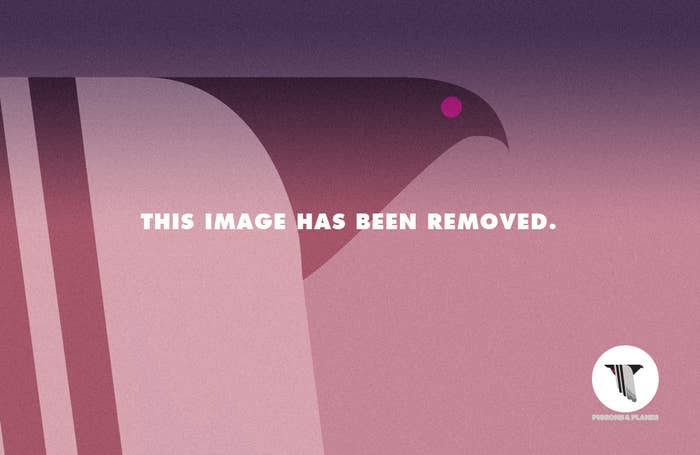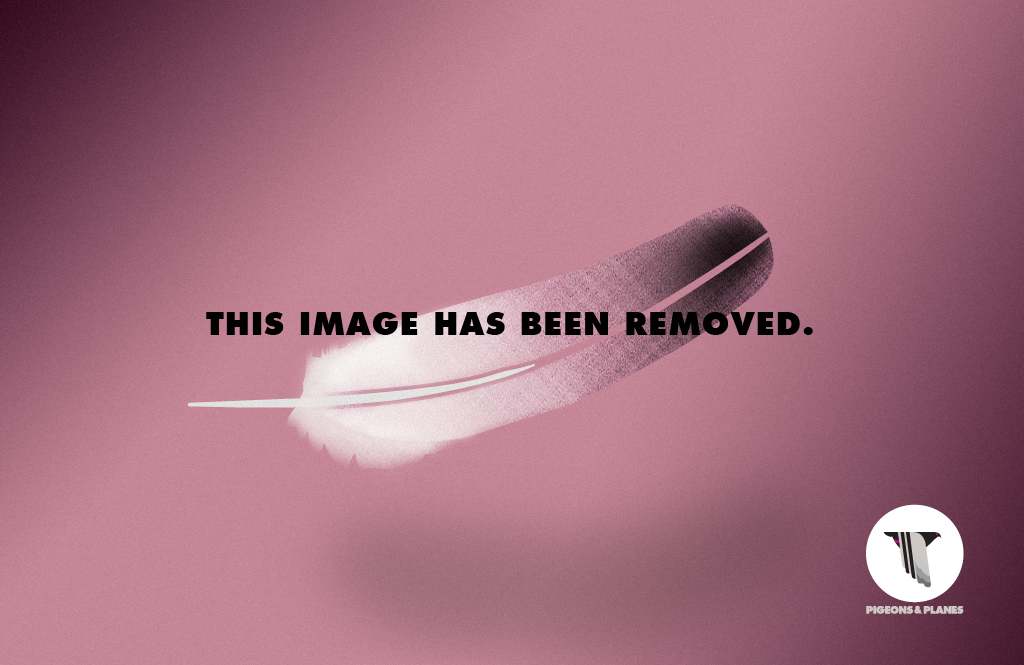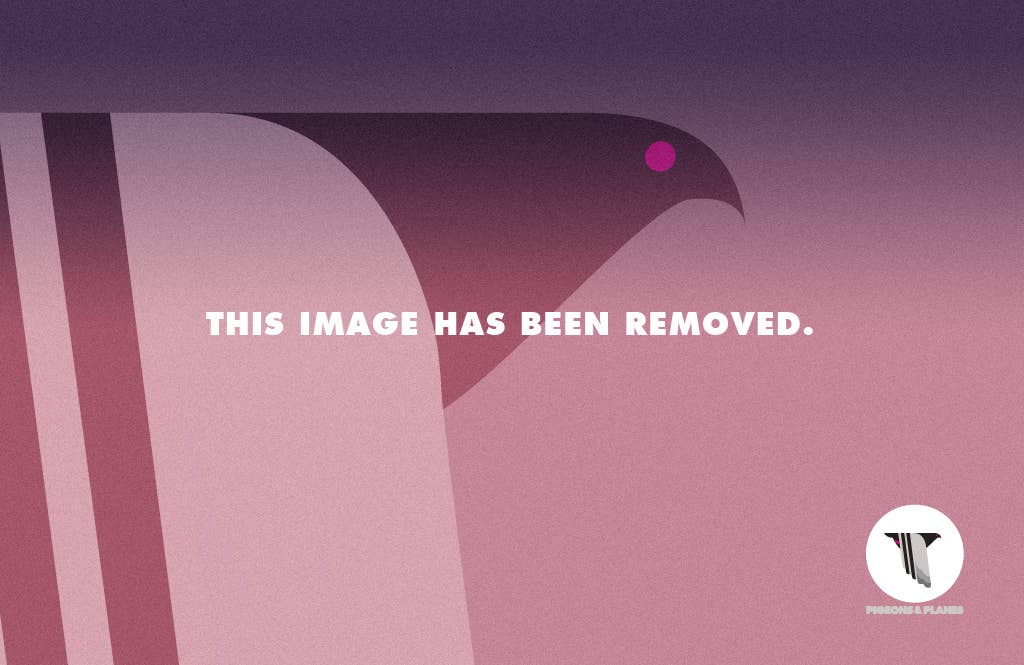1.

Image via Florent Dechard
By now, you will have encountered “Uptown Funk.” It’s the lead single from Mark Ronson’s Uptown Special album, and it is everywhere. With the inimitable pipes of Bruno Mars and a horn section in full swing, “Uptown Funk” has a spreadable groove that is buttering the eardrums of society, from grocery stores to nightclubs to commercials. The song is even big in the dog community and brings families together.
Well worth the seven months in Memphis it took to make. The full album comes next.
It’s Ronson’s first full-length since 2010’s Record Collection, a potpourri of funk, soul, and hip-hop, and we’re nearly eight years out from Back to Black, the Amy Winehouse masterwork Ronson co-produced. Through it all, the London-born, New York-bred DJ/producer has regularly pulled in a broad swath of collaborators. Beyond Mars, the guests on Uptown Special include Stevie Wonder, Tame Impala’s Kevin Parker, and longtime Ronson collaborator Andrew Wyatt.
To produce Uptown Special, Ronson sought out Jeff Bhasker, whose credits include 808’s and Heartbreaks, My Beautiful Dark Twisted Fantasy, and Watch the Throne. They connected online—Bhasker paid Ronson a compliment on Twitter, Ronson noticed—and soon started plotting in Bhasker’s Venice Beach studio. In the beginning, Ronson felt Bhasker needed a little convincing, approaching each day with a mantra: “today I’m going to write something that really impresses Jeff.”
With Uptown Special out January 13 (pre-order here), we spoke to Mark Ronson about traveling to Memphis to record, working with legendary author Michael Chabon, and playing Bobby Byrd’s “I Know You Got Soul” and O.T. Genasis “CoCo” in the same DJ set.
What was the writing process first like with Jeff Bhasker?
It wasn’t really a given that he was going to produce the record, the guy gets 50 grand a track for pop superstars. He’s a serious dude. So Jeff and I started writing these funk and R&B songs, and when it came to lyrics—I guess it’s kinda my fourth album, I’m 39 years old, I couldn’t deal with the prospect of having 11 songs about heartbreak and the dance floor. You get more personal, emotionally raw lyrics when I write, things like “I want a daughter while I’m still young,” the lyrical content of indie music. That might get you choked up but it’s not really associated with funk, R&B or soul music anymore.
6.

Jeff Bhasker and Mark Ronson via Press Here/LeAnn Mueller
So you brought in the novelist Michael Chabon, who you’ve listed as your favorite author. Chabon said it was his first time writing lyrics. How did it happen?
I found out he was doing a book signing in New York and I showed up. I really just went to get my book signed, but he recognized me and we talked a little bit. He wrote this book called The Amazing Adventures of Kavalier and Clay. I wasn’t reading much at the time, and it was the first book I remember reading and being sad when I closed the last page of the book. You didn’t want to leave that world. So I went to that book signing and had met Michael, so I had that little angle when I sent him an email regarding the album.
Is that how you first traded lyrics, online?
That’s how it started, sending lyrics over the internet. But what’s crazy is how the melody suddenly came to me. This doesn’t usually happen to me, I’m not usually walking down the street and a melody shoots into my head like a thunderbolt from the sky. I’m usually tapping at the piano, one chord, then the next chord slowly comes, and then something starts to happen.
But when he started sending me those lyrics—the first ones were for “Crack in the Pearl,” and they were pretty wild. They came down a bit for the album, but the first draft was like:
In the back room of the El Mago casino
Under a portrait of Kola the Great
Between an ex-whale and a paradox of Zeno
Soft candy betting hard eight.
Jeff and I were just looking at each other like, what the fuck do we do with these?! But then again, the great Michael Chabon has spoken. We had to try something. As I started looking at them, and this doesn’t really happen for me, but melodies came… instantly, it was as if the melodies were infused into the lyrics. The progressions that came out of that never would have existed had I not seen those words. And one of those melodies is the harmonica Stevie Wonder plays at the opening of the album. It all came full circle, because those were the first lyrics Michael sent.
Later on when Michael would come down to the studio, we would sometimes rewrite an entire song—sectionally, lyrically—three or four times before we got it right. Sometimes you can write good lyrics but they don’t really match the mood of what you’re hearing when we’re writing the music. He was very open about that. Jeff has his crazy songwriting boot camp rules about voice—what words you can’t sing, repetition, all that shit, and that’s probably why he has way more hits than me.
When we got to Memphis, when it was like Kevin Parker and Michael writing “Daffodils” together, it was a totally different scene. Kevin had a riff and a melody, and Michael was just tapping in to what it should be about.
You traveled around quite a bit for this album, but it seems like the defining moments came in Memphis, where you recorded most of the album. What was it about the city that made you stick around?
Jeff had this idea for us to go driving through the South looking for a female vocalist for some of the songs. And Memphis, where I had never been before—I got down there and said, “holy shit this is the greatest musical city ever.” After two days, I was telling Jeff that we should really come back here to record the whole album because there’s something really special there, and that’s what we did.
Everybody we needed came down there, too. It’s hard enough to get people in the studio in New York, Los Angeles, anyplace that’s not there own. But the fact that everybody came down to Memphis for three, four days, a week… that whole city just breathes music. I need to go back and visit when I’m not recording, just to go and hang. When you’re in the studio, you feel the vibe of the place but you’re in there 16 hours a day.
8.

Kevin Parker and Mark Ronson via Press Here/LeAnn Mueller
You finally started singing on Record Collection. Do we hear more of your voice on Uptown Special?
This album is more grounded in soul, funk and grooves, and I don’t have that voice. The people I’m writing with on this record do, though—Jeff has an amazing voice, he’s singing lead on a couple songs (“In Case of Fire,” “Crack in the Pearl Part 2″). I just thought that I’d leave it. The voices on this record, they’re really amazing singers for these types of songs. I can’t hang on their level.
What’s changed since Record Collection? You took a couple years after finishing that last album. Was it to regroup, did you change your approach at all?
After Record Collection came out, it didn’t hit in a massive way—I’m super proud of it, but afterwards I DJed a bunch of festivals with these guys like Hudson Mohawke and Baauer, these guys I really dig but I couldn’t compete with their drums of doom on the DJ landscape. I spent a year working on tracks, deciding whether or not I was going to make a hip-hop record.
It was really when I got out to Jeff’s place, and we started to get grown man about it—I had to say okay, this is what I do well, I don’t think anyone else is doing these things. So I’m going to do this specific thing for a while. The songs started getting better, then we hooked up with Bruno Mars and Mystikal and got the seeds of “Uptown Funk” and “Feel Right.”
Looking forward, who are some artists that you’d like to work with in 2015?
One of my favorite acts over the past few years is Action Bronson, I did two songs for his album. I like some of the UK producers like Lil Silva, an Australian band called Movement that I really like.
I’ve been pretty much in the hole recently though. The other night I played a DJ set at XOYO—I was on the bill with Rustie and Danny Brown, people I really like with a much harder sound. I didn’t know how the crowd would react to my new sound, these were like 18, 19-year-old kids. I opened with “Feel Right” and Bobby Byrd’s “I Know You Got Soul,” and they were going nuts. That was cool, a realization that maybe I can play the shit I love. Then I played “CoCo” by O.T. Genasis a half-hour later, they loved that too.
I guess that’s the thing, because of the way I came up DJing clubs in New York, I don’t necessarily think that what I DJ needs to link with whatever I put out as an artist. Sometimes they’re not easily reconciled. When I played in hip-hop clubs growing up, I played for the crowd.
How does that DJ set compare to when you play a live show now?
They both inform each other—DJing lets you know what makes people move, but playing live is a little more free. It’s a performance, and people are more forgiving. They want to see the music breathing.



